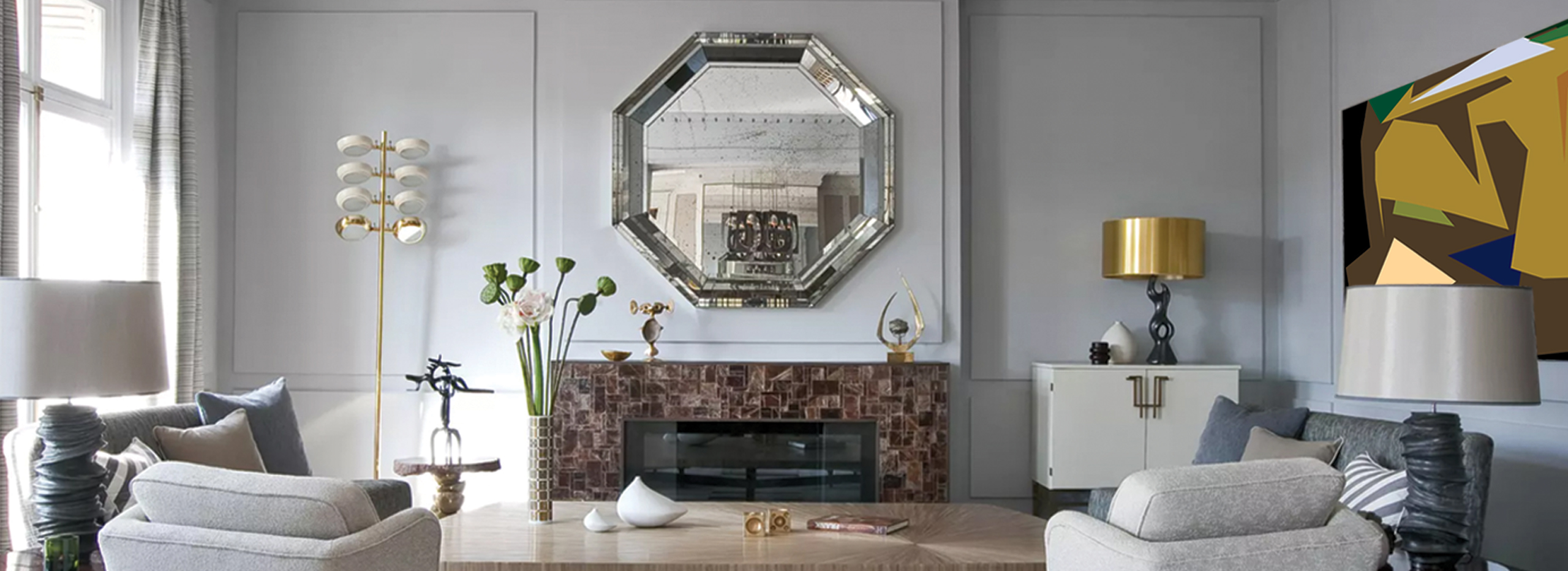
To Understand the Global Décor Market, Stand at the Intersection of Art, Design, and Commerce
There’s a paradox in the world of high-end décor:
Those who excel at aesthetics may never break into the market.
Those deeply rooted in art may remain isolated.
Meanwhile, skilled salespeople often lose their identity chasing fleeting trends.
Why?
Because the global décor market is not a linear path—it’s a multilayered map.
To navigate it, you must stand at the crossroads of Art – Design – and Market.
Layer 1: Art – Where Aesthetic Identity Is Born
In the realm of high-end décor, art is the foundation.
It’s not just about looking beautiful—it’s about evoking inner depth and emotional resonance.
A table is still a table. But if it can echo the rhythm of Central Highlands’ stone instruments, the breath of Zen meditation, or the memory of indigenous culture—it crosses into living art.
Art transforms décor from functional to symbolic.
Only with a strong aesthetic foundation can a décor creator stay true to their vision, instead of being swept away by transient trends.
Layer 2: Design – The Architecture of Beauty
Art can be poetic, but design is the skeleton that holds the piece together.
It orchestrates materials, form, scale, and lighting into a harmonious presence that can live in modern space.
For any décor piece to be truly viable, it must answer:
-
Where does it belong in the spatial narrative?
-
How do people engage with it in daily life?
-
Does it suit the lifestyle, light, climate, and consumer culture of its target market?
Design is the intellect that transforms inspiration into reality.
And those who don’t understand design will remain artists lost in their own experimental lab.
Layer 3: The Market – Where Value and Connection Are Measured
The décor market doesn’t just sell objects—it sells context, experience, and a way of living.
There is no universal visual language in global décor.
Each region, nation, and consumer segment holds its own aesthetic codes, cultural values, and symbolic references.
Understanding the market isn’t just about reading reports—it’s about reading psychology, behavior, and the intricate link between culture and consumption.
The market doesn’t wait for the artist.
It waits for those who can translate artistic language into desire.
Curators – Showroom Directors – Editors: The Keepers of the Map
To position oneself in the décor world, one must know who steers the narrative.
-
Curators choose.
-
Editors tell the story.
-
Showroom directors place the product in the right context.
They hold the map—not because they have power, but because they understand how to guide global taste by connecting beauty with demand.
A décor creator who doesn’t recognize these roles may fall into silence—no matter how brilliant their work is.
Conclusion: Only Those at the Intersection Can Read the Global Décor Map
The décor market is not for those who stand on just one side.
To go far, one must:
-
Deepen their artistic core to resist dilution.
-
Sharpen their design thinking to bring vision into form.
-
And observe the market strategically to find the right doorway into the world.
I write this not merely to analyze—but to propose a path:
Somewhere, an artist may rise to become the next cartographer of décor—if they choose to stand at the true intersection.





Leave a Reply